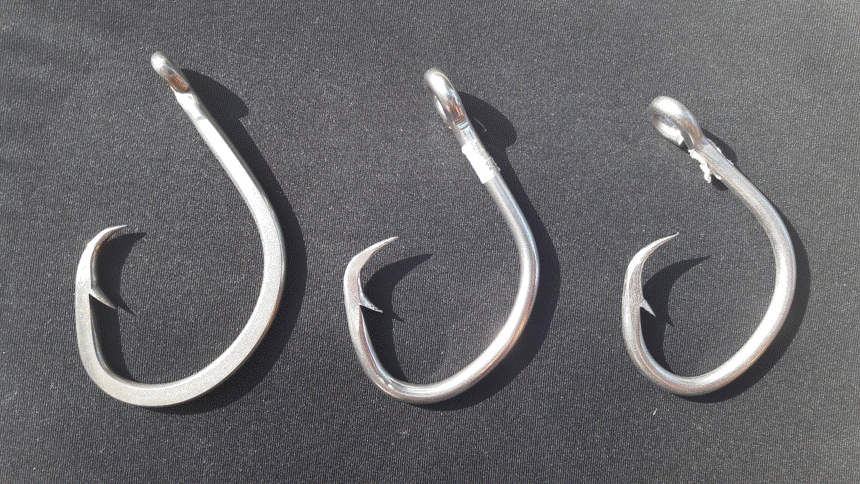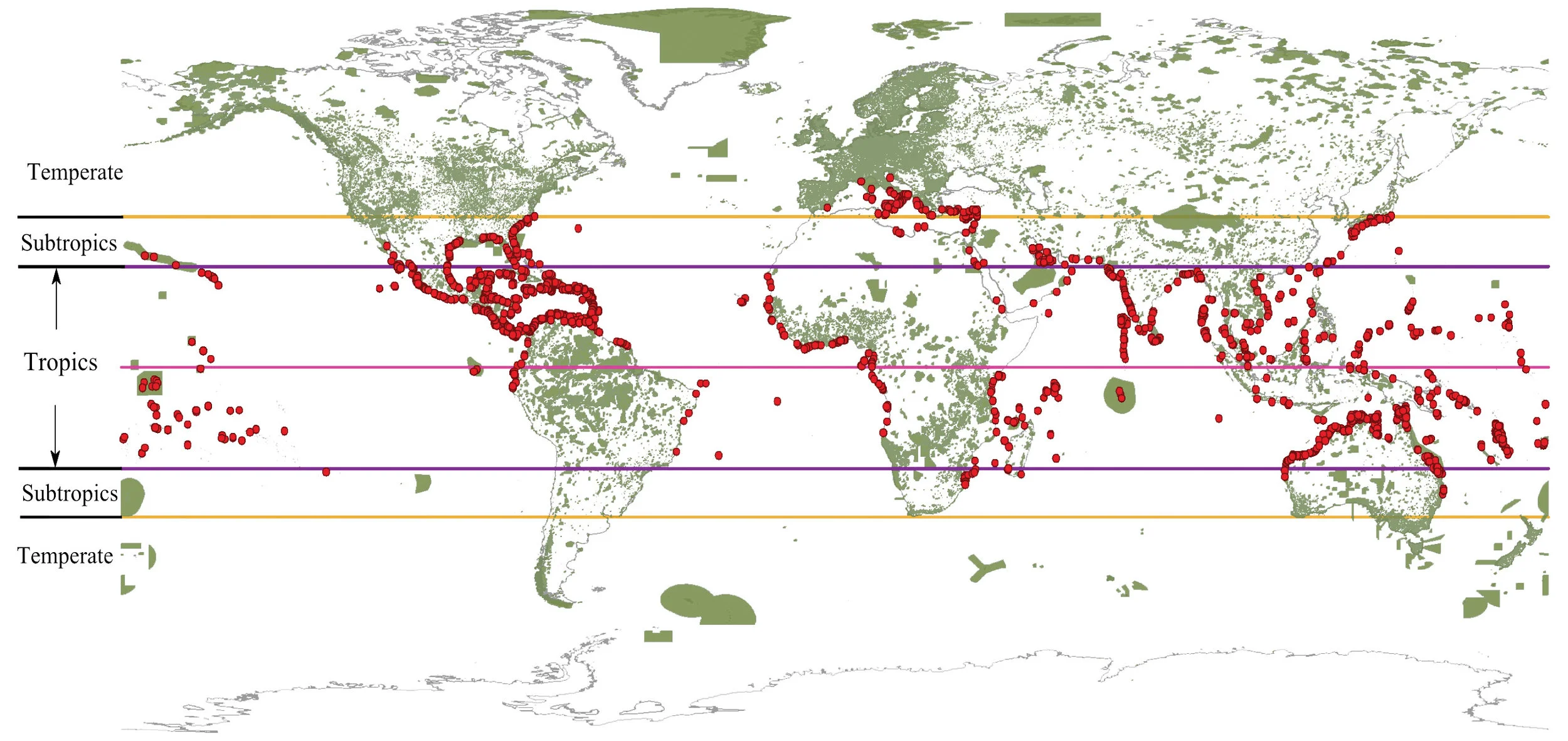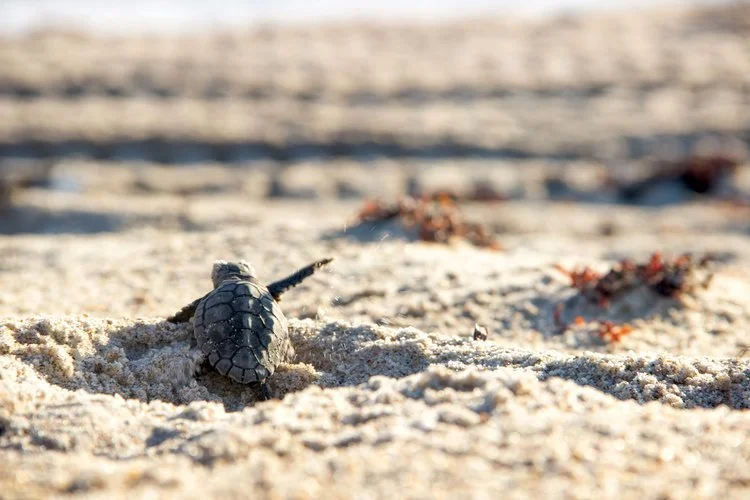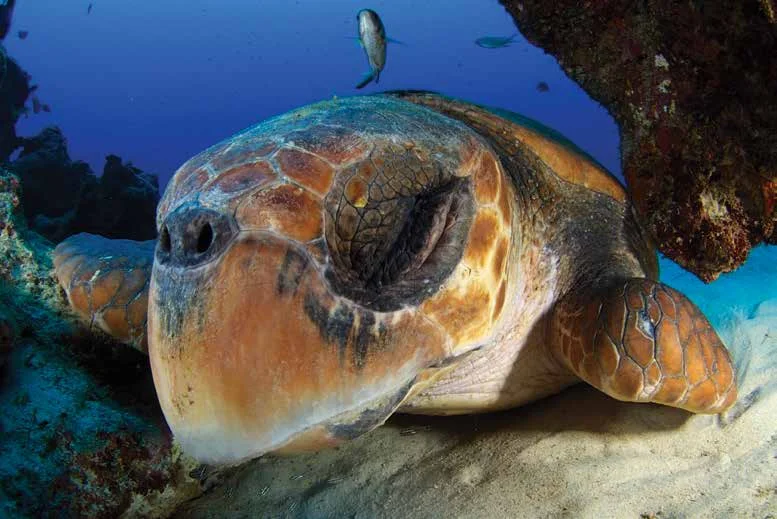Incidental capture of sea turtles in pelagic and coastal fisheries (also called bycatch) is arguably the greatest threat to sea turtles worldwide. Yet, until recently, there was practically no information regarding sea turtle interactions with longline fisheries in the southwestern Atlantic Ocean. The first studies about this topic were made public by Uruguayan researchers in 1998, the same year that Brazilian researchers presented a report about the incidental capture of loggerhead turtles by longline vessels in Brazil. Although the government insisted that incidental capture was very low, Brazilian NGOs such as Projeto TAMAR asserted the opposite.
Read MoreInformation from the SWOT database has been requested more than 100 times and is used in a variety of projects that aim to advance sea turtle research and conservation worldwide. Here, we highlight research that has drawn on SWOT data.
Read MoreWith their specialized biology and their unique behaviors, sea turtles tend to provoke a lot of questions. Spend an hour with someone who is watching a turtle nest for the first time, and inevitably the questions will come: How old do they get? Where will she go after she leaves the beach? Where did she mate? When will she come back? How long until the babies become adults?
Read MoreOn September 6, 2017, the face of Barbuda changed forever with the arrival of Category 5 Hurricane Irma. Irma left a trail of destruction which exacted a massive cost to local infrastructure, and affected local green and loggerhead turtle populations.
Read MoreFlanking the central coast of the Sultanate of Oman, less than 20 kilometers (12.4 miles) offshore, the dry, rugged desert island of Masirah hosts one of the most important loggerhead turtle rookeries in the world. In 1977, the scent of a major turtle discovery in Arabia had reached the nose of the renowned Dr. Archie Carr. Soon after, a joint initiative of the International Union for Conservation of Nature and World Wildlife Fund was launched, and Dr. James Perran Ross began a pioneering project there.
Read MoreAligned along the edge of the western North Atlantic Ocean is the U.S. Atlantic seaboard, a heavily populated region of coastal cities, maritime ports, military bases, and tourist beach destinations that covers more than 25,000 miles of coastline and spans 14 U.S. states from Florida to Maine. It is inevitable that sea turtles and human activities will intersect in the coastal waters and beaches of this highly trafficked zone. This story is about the region’s ongoing programs that Rescue, Rehabilitate, and Release (the three Rs) thousands of sea turtles annually and about the network of dedicated organizations and passionate professionals, volunteers, and public supporters who make it all happen.
Read MoreThe Mediterranean Sea is a bountiful yet dangerous place for sea turtles. Characterized by beautiful natural and cultural heritage sites and by rich biodiversity, the Mediterranean is also a troubled and overexploited sea, where sea turtles have a hard time coping with high fishing pressure, gas and oil development, major cross-continental maritime traffic, beachfront and other habitat impacts, and widespread marine pollution.
Read MoreIt has been 20 years since the satellite track of Adelita hit the mainstream media and newly birthed internet, sharing the real-time migration of a loggerhead sea turtle from Baja California, Mexico to Japan with millions of people worldwide. Captured in Mexico’s Gulf of California as a small juvenile and reared in captivity for more than a decade, Adelita couldn’t wait to return home once released. Up to that point, nobody could have imagined that a turtle could swim more than 11,500 kilometers (7,145 miles) in only 368 days…
Read MoreJapanese folklore tells of a fisherman, Urashima Tarō, who rescues a sea turtle from torment and sets him free. In gratitude, the turtle transports the fisherman to a mythical Dragon Palace beneath the sea, where he is welcomed by a beautiful princess. This eighth-century fable sets the cultural backdrop for modern sea turtle conservation in Japan, where community-led efforts have restored once-decimated sea turtle populations.
Read MoreIn Uruguay, the threat of plastic pollution looms large in an area considered to be an important foraging and developmental habitat for sea turtles in the southwestern Atlantic Ocean. In recent years, NGO Karumbé has focused in on the issue of plastic pollution through strong community engagement programs designed to embed conservation ethics in the Uruguayan people.
Read More









